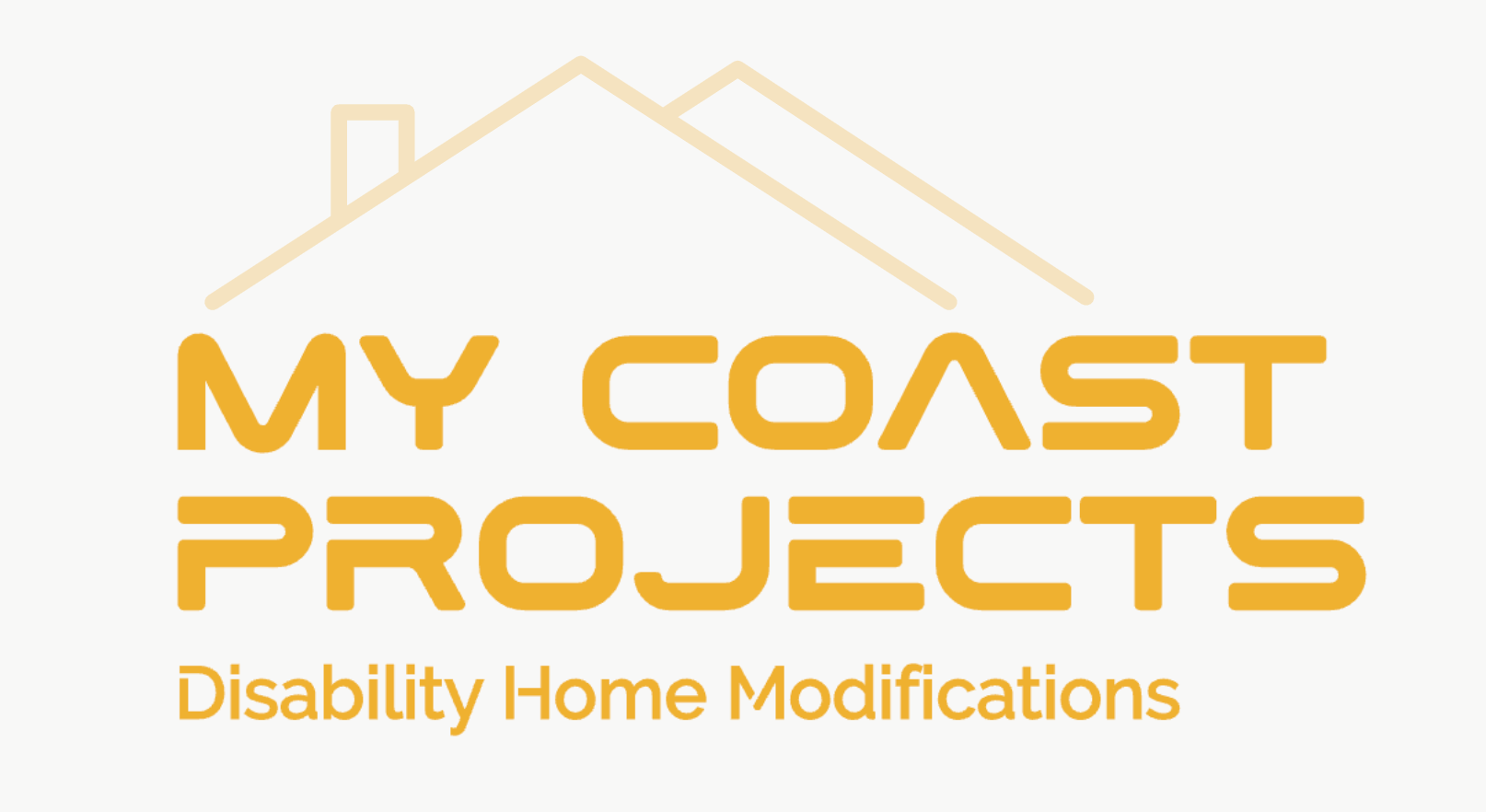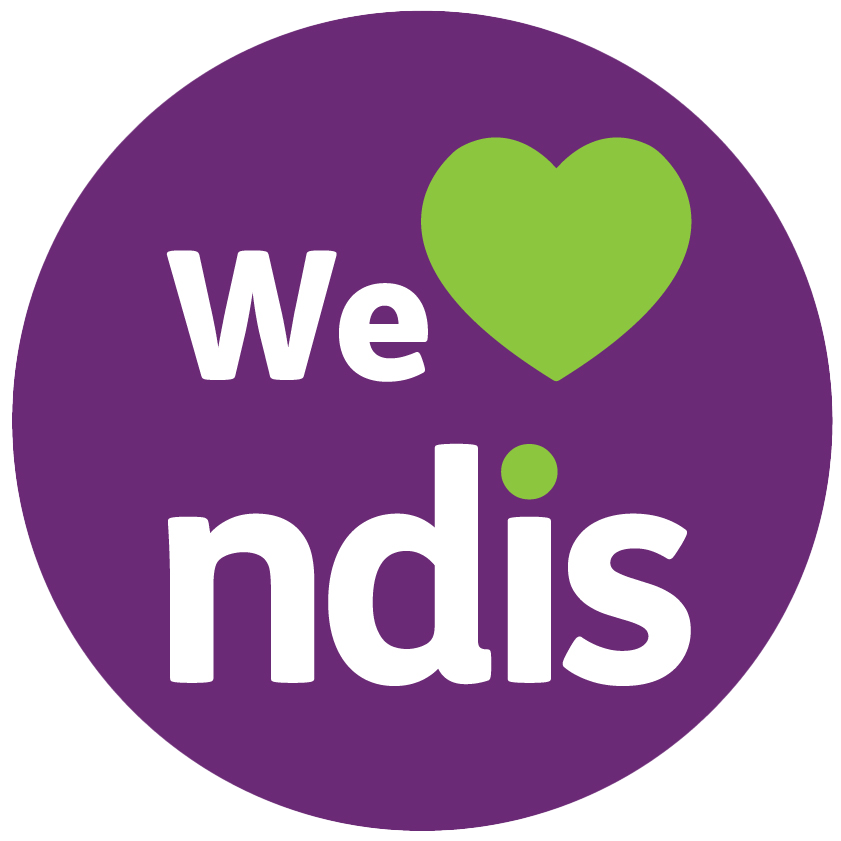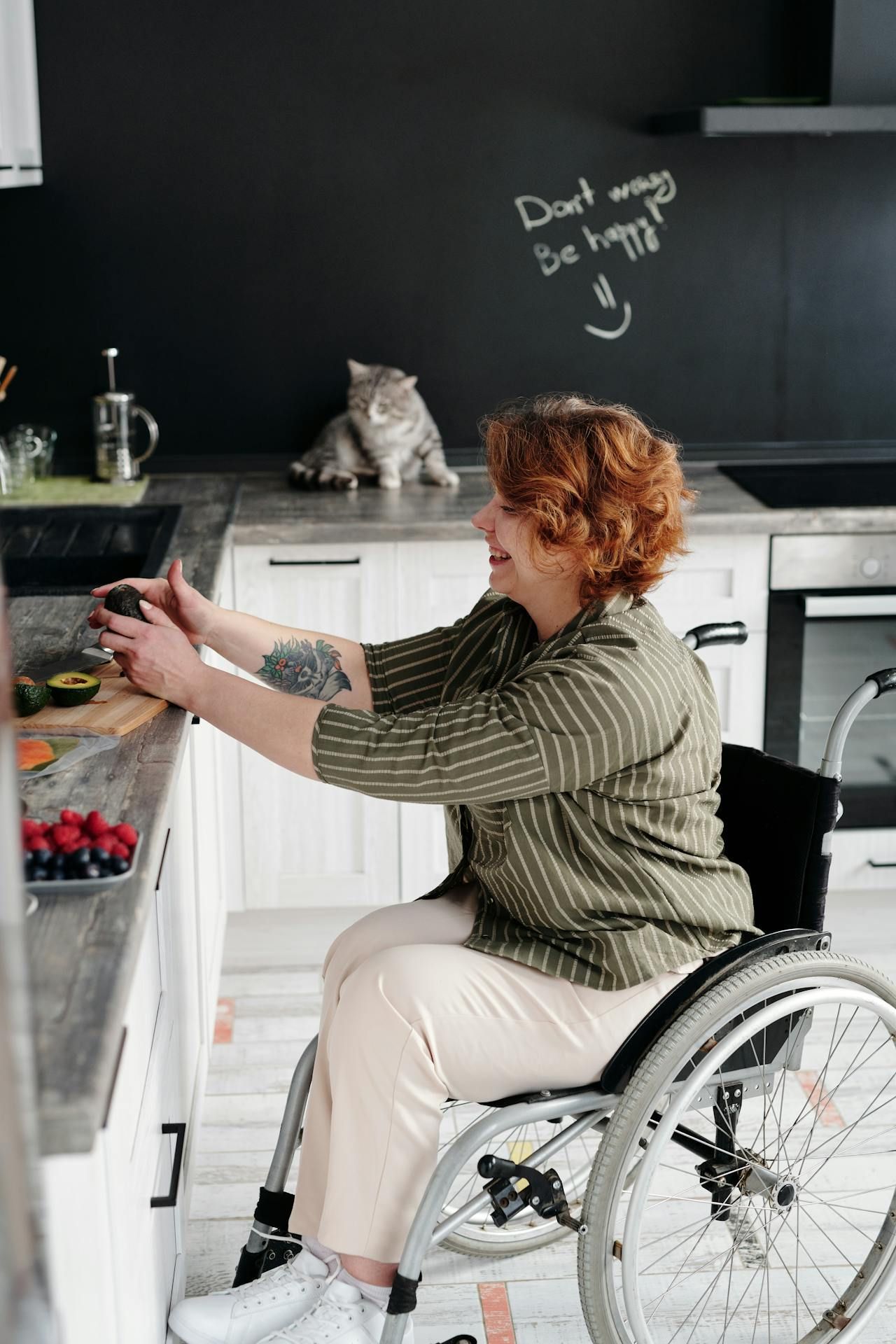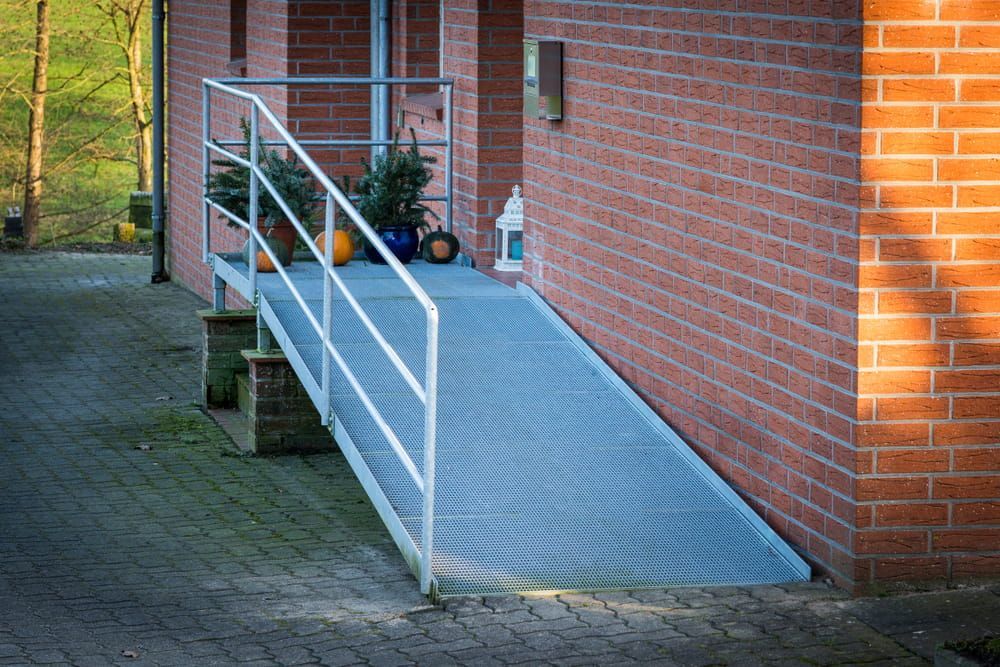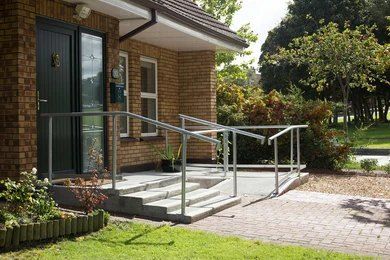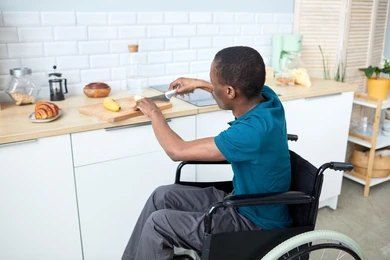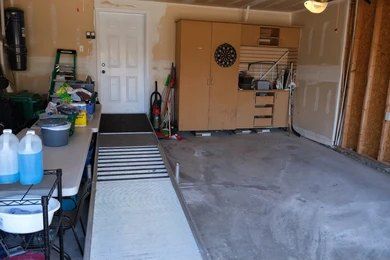Home Adaptions & Assistive Technology on the Central Coast
Not all changes need to be big renovations - small, practical additions can make a huge difference. Through NDIS funding, you may be eligible for assistive technology and equipment that helps you feel safer and more independent at home. These items are often quick to install and recommended by your occupational therapist.
Common examples include:
- Grab rails for stability
- Accessible tapware or hand-held showers
- Weighted shower curtains for safer bathing
- Lever-style door handles for easier use
- Portable ramps for easier access
Talk to us about your requirements
Enhancing Accessibility with Home Adaptations
Creating a home that suits individual accessibility needs requires thoughtful modifications and careful planning. At My Coast Projects, we provide NDIS home modifications and renovations across the Central Coast and surrounding areas, offering customised solutions to improve functionality and ease of movement.
Our services include widening doorways, installing ramps, and adapting living spaces to better suit mobility requirements. Whether minor adjustments or major structural changes are needed, we approach each project with attention to detail. We understand that accessibility needs can vary, which is why we take the time to assess every home individually and tailor our solutions accordingly.
The National Disability Insurance Scheme (NDIS) plays a role in improving outcomes for participants by supporting home modifications that promote safer living environments. Home modifications can have a significant impact on how individuals navigate their homes, providing more flexibility in daily activities.
- Tailored solutions for improved home accessibility
- Compliance with NDIS home modification guidelines
If you require assistance with disability home modifications, call today on email us today on admin@mycoastprojects.com.au
Customised Solutions for Every Home
Every home presents unique accessibility challenges. We offer tailored modifications designed to improve mobility and usability, ensuring homes are adapted to meet personal needs. Our services include:
- Widening doorways for easier access
- Installing wheelchair ramps & handrails
- Adjusting layouts to improve functionality
- Modifying kitchens & bathrooms for enhanced accessibility
- Creating step-free entry points for seamless movement
- Installing smart home technology for improved ease of use
The NDIS categorises home modifications as minor or complex, depending on their structural impact and cost. Minor modifications typically involve straightforward, non-structural changes, while complex modifications require more extensive construction and compliance with specific building regulations. Builders and designers involved in home modifications must adhere to relevant standards. Whether adapting an entire home or making targeted improvements, our approach considers the scope of necessary changes.
To discuss your specific requirements, get in touch today.
Frequently Asked Questions
What are some common modifications in disability home renovations?
Disability home renovations often involve structural and functional adjustments to improve accessibility and mobility within a home. Common modifications include widening doorways to accommodate wheelchairs, installing ramps for step-free entry, and adjusting floor surfaces to reduce tripping hazards. Bathrooms may be modified with walk-in showers, grab rails, and accessible sinks. Kitchens can be altered with lower countertops, pull-out shelves, and strategically placed appliances. In some cases, smart home technology, such as automated doors or voice-activated lighting, may be included. The scope of modifications depends on individual needs and the layout of the home.
How can a home be made more accessible for someone with limited mobility?
Improving home accessibility for individuals with limited mobility involves assessing obstacles that may hinder movement and daily activities. Entryways can be modified with ramps or platform lifts, while doorways and hallways may need to be widened. Flooring choices should minimise the risk of slips or falls, often requiring a transition to non-slip materials. In living areas, furniture placement may need adjustment to create clear pathways. Kitchens and bathrooms can be redesigned for ease of use, incorporating accessible fixtures and adaptive technology. Adequate lighting and assistive controls can also enhance safety and usability in different areas of the home.
What is the difference between minor and complex home modifications under the NDIS?
The NDIS classifies home modifications as either minor or complex. Minor modifications typically involve non-structural changes that cost less than $20,000 and may not require significant planning approvals. These can include installing grab rails, widening doorways, or modifying bathroom fixtures. Complex home modifications involve higher-cost, structural changes that may impact multiple areas of the home, such as major bathroom overhauls, ramp installations, or significant kitchen modifications. Complex modifications usually require assessments and compliance with building regulations.
